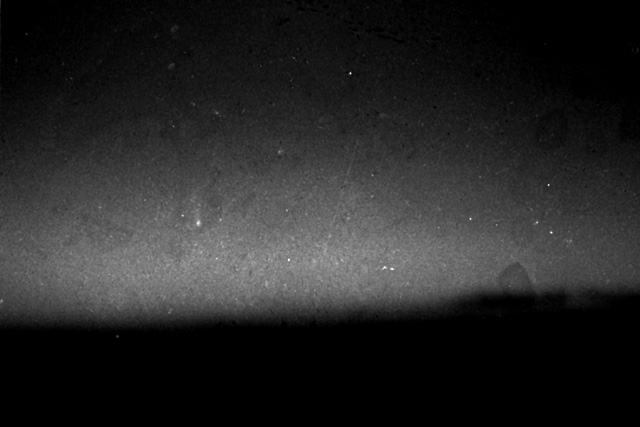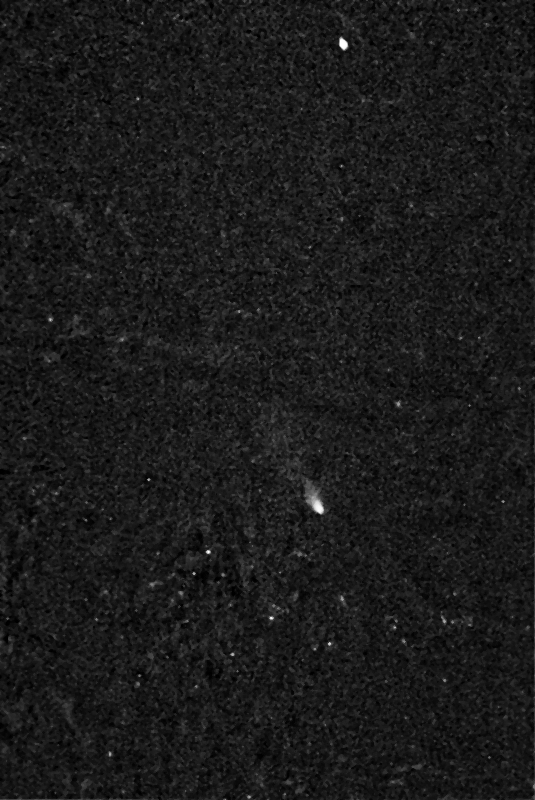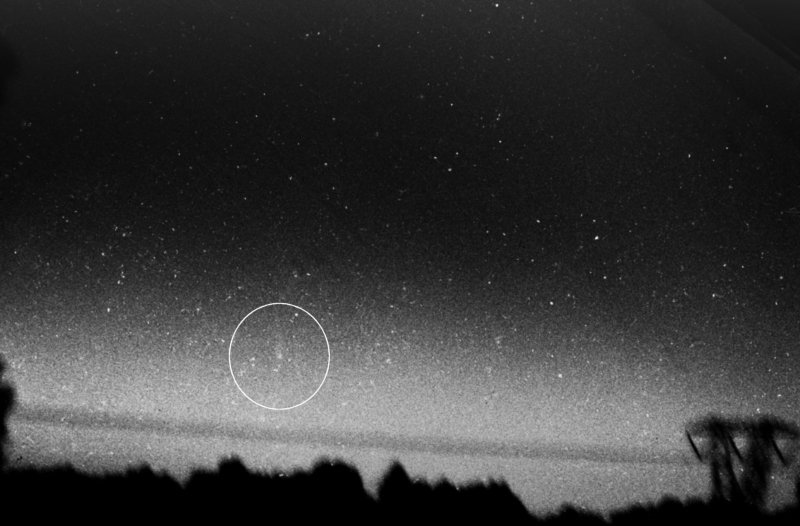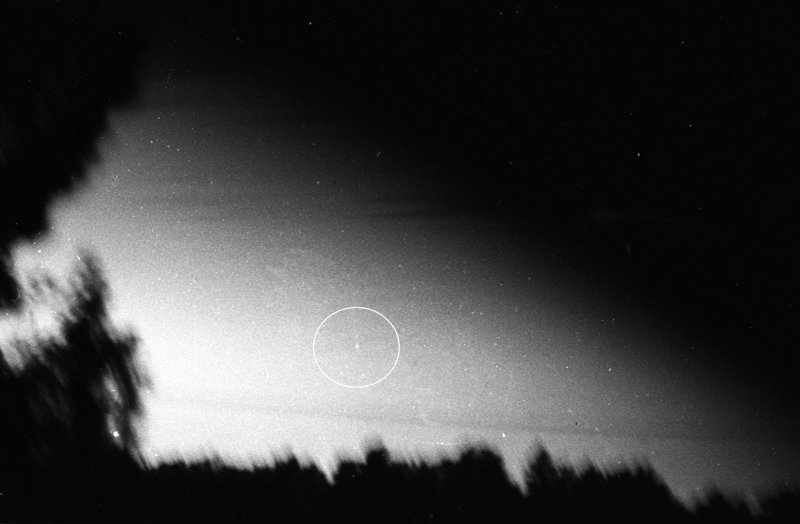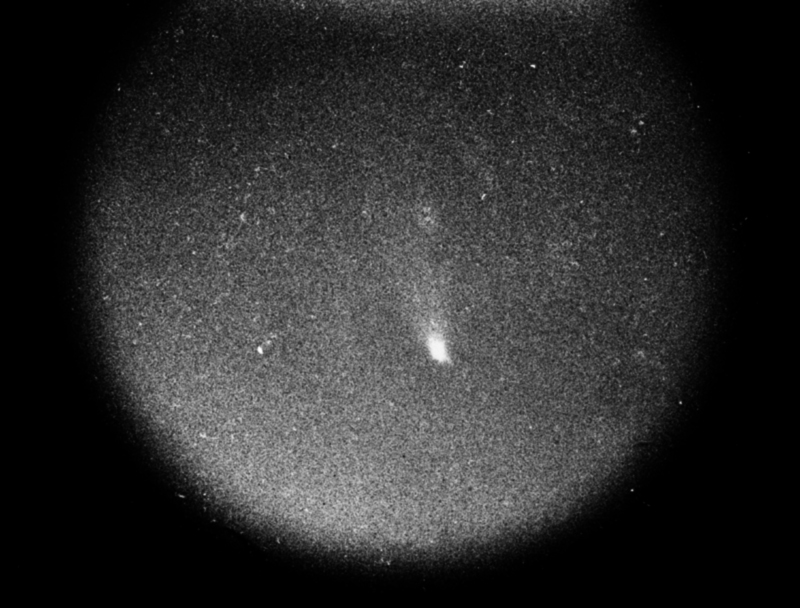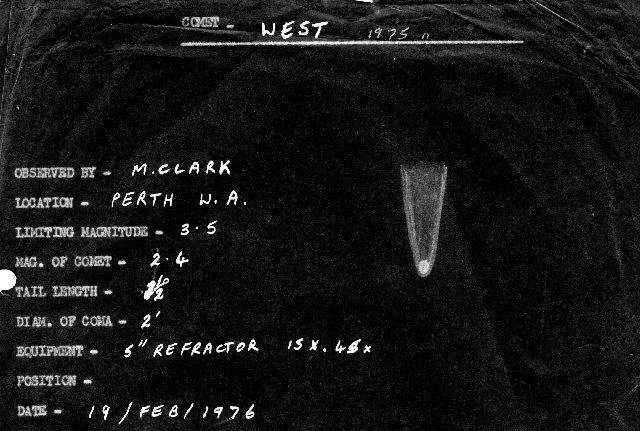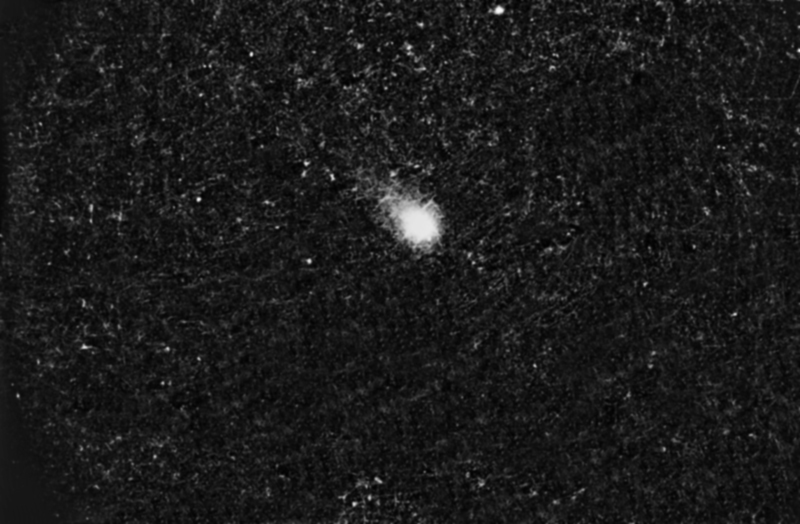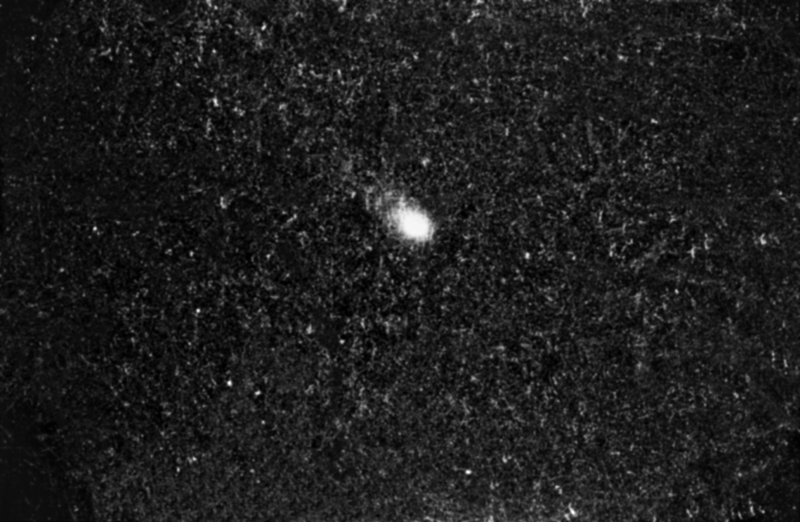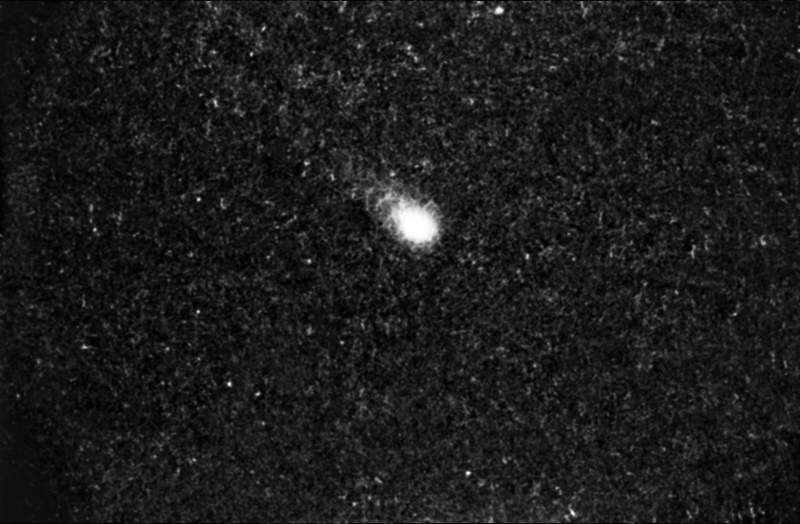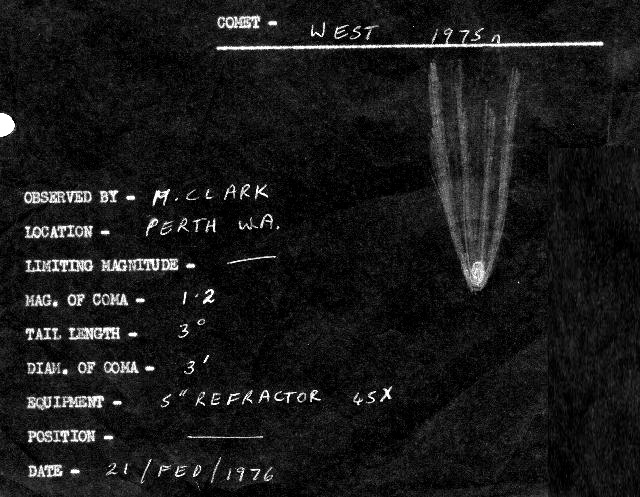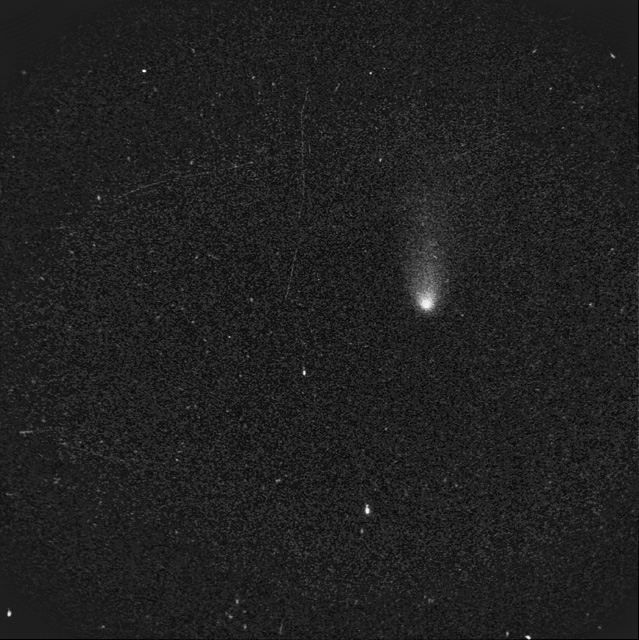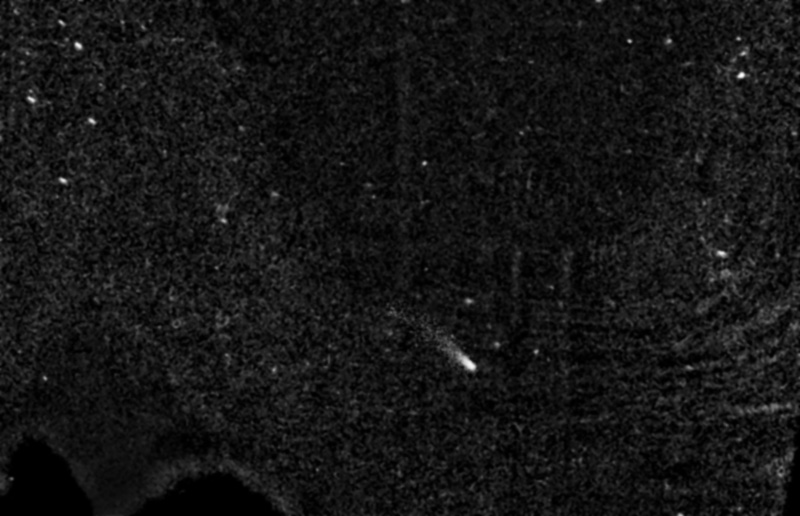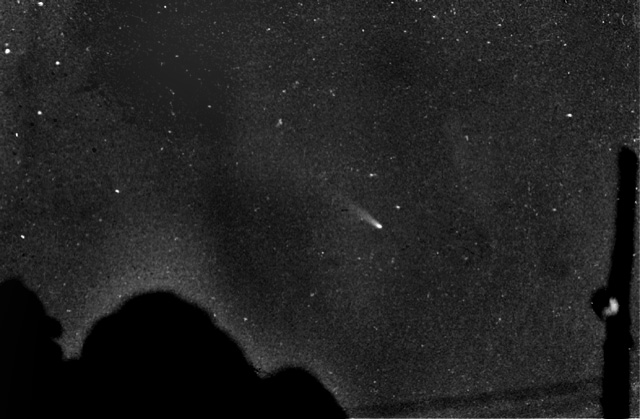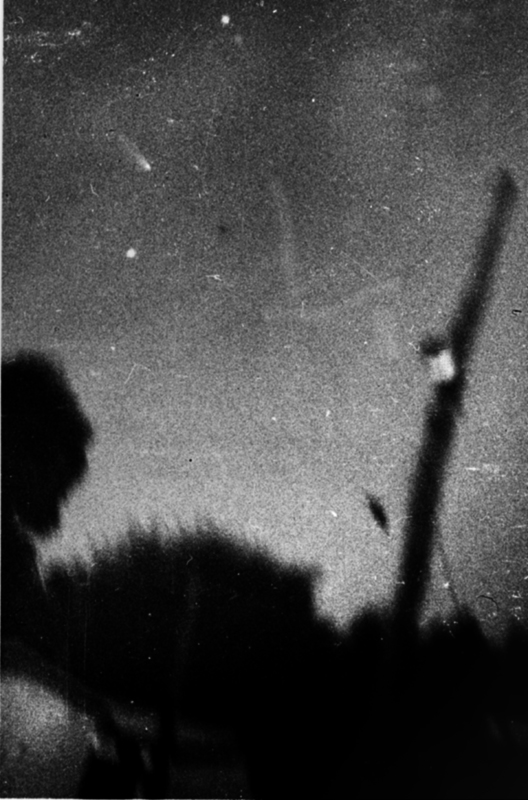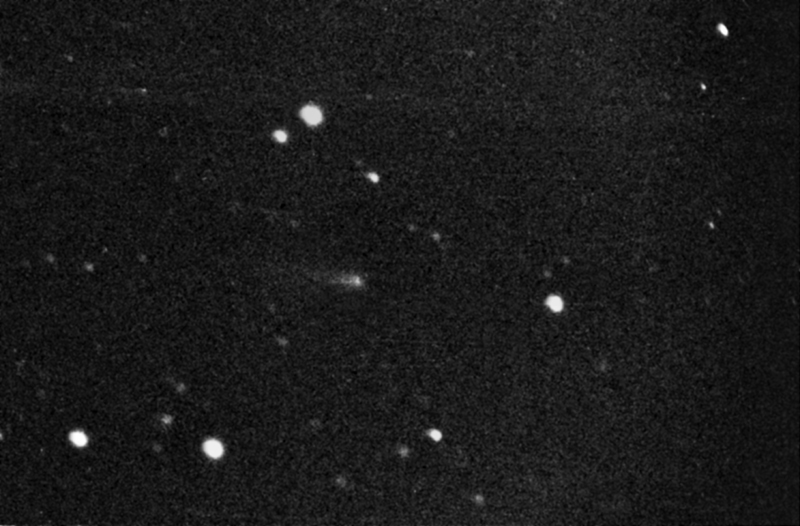Comet West 1975n. March 16, 1976.
3 minutes exposure. Kodak Tri-X 400 film. 50mm f/2.5 lens.
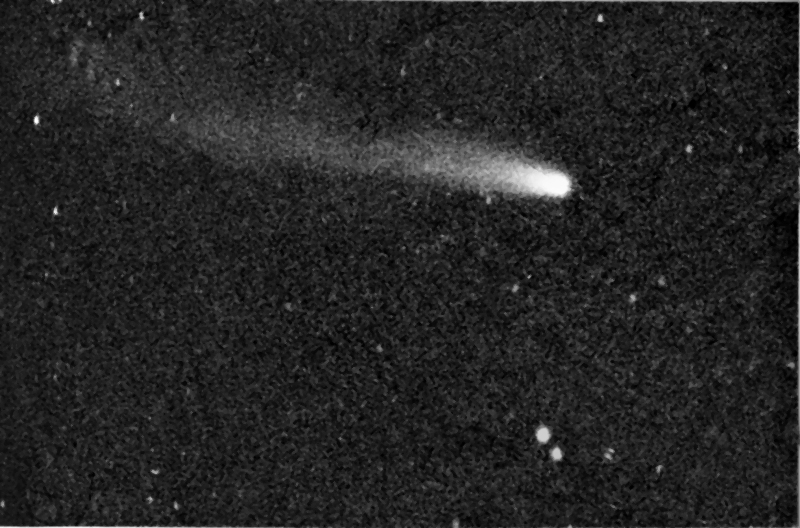
Comet West 1975n. March 17, 1976.
3 minutes exposure. Kodak Tri-X 400 film. 5" f/5 refractor, prime focus.
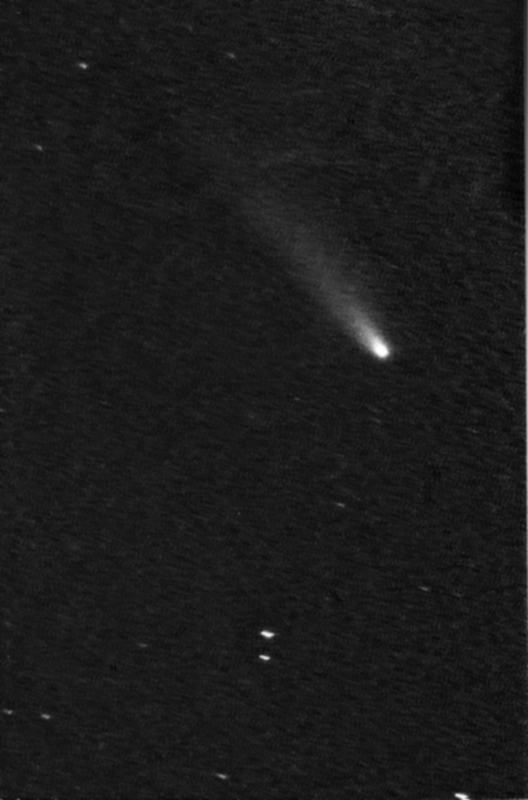
Comet West 1975n. March 18, 1976.
3 minutes exposure. Kodak Tri-X 400 film. 5" f/5 refractor, prime focus.
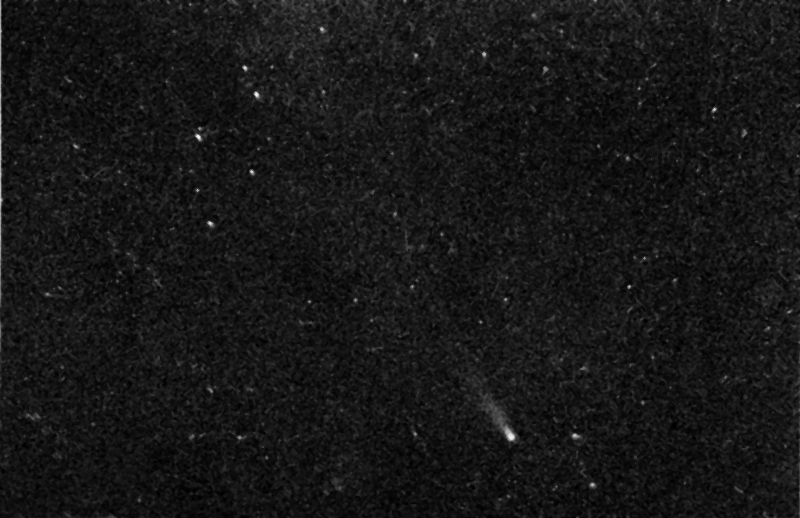
Comet West 1975n. March 19, 1976.
2 minutes exposure. Kodak Tri-X 400 film. 50mm f/2.5 lens.
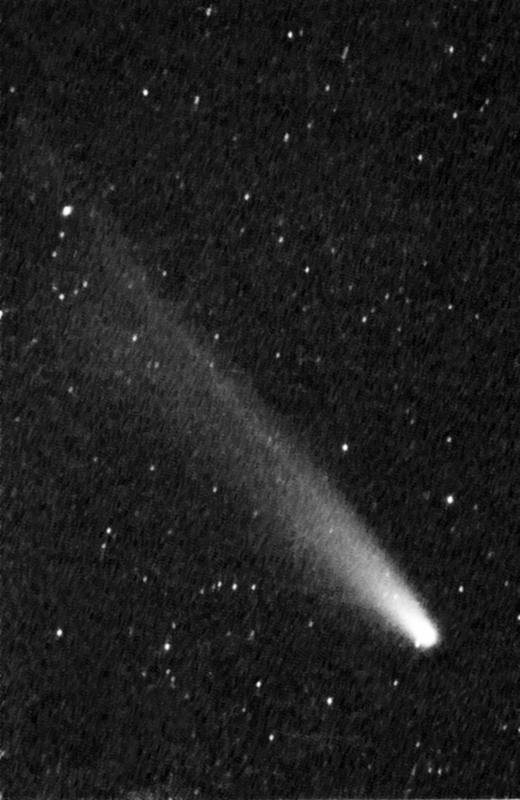
Comet West 1975n. March 21, 1976.
4 minutes exposure. Kodak Tri-X 400 film. 5" f/5 refractor, prime focus.
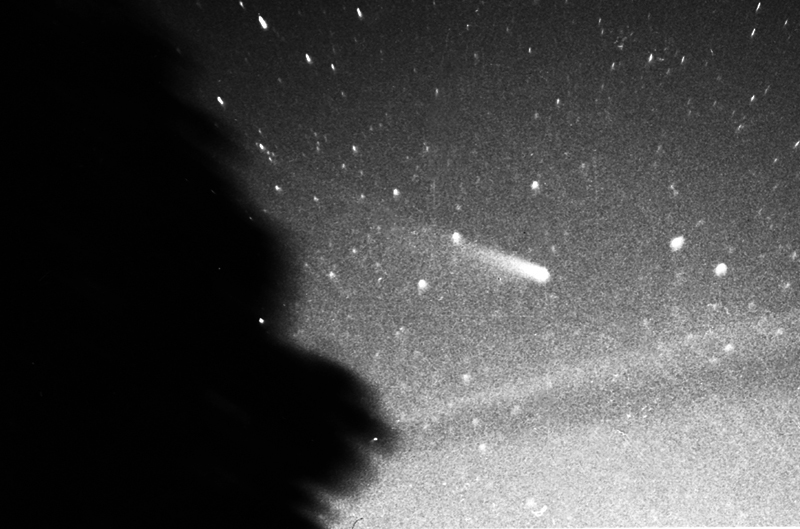
Comet West 1975n. March 23, 1976.
5 minutes exposure. Kodak Tri-X 400 film. 50mm f/2.5 lens.
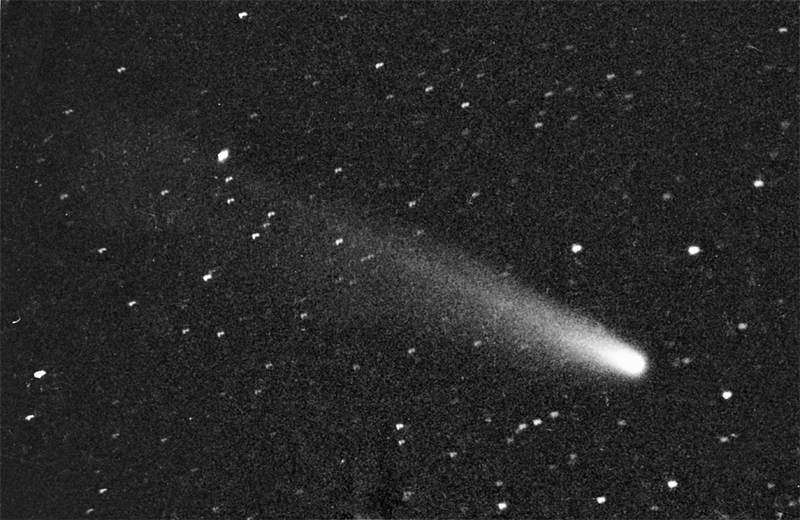
Comet West 1975n. March 23, 1976.
8 minutes exposure. Kodak Tri-X 400 film. 5" f/5 refractor, prime focus.
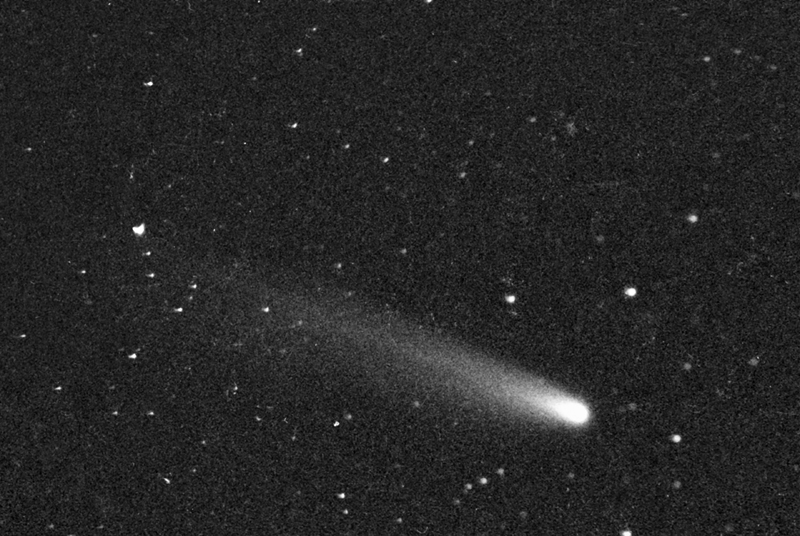
Comet West 1975n. March 23, 1976.
4 minutes exposure. Kodak Tri-X 400 film. 5" f/5 refractor, prime focus.
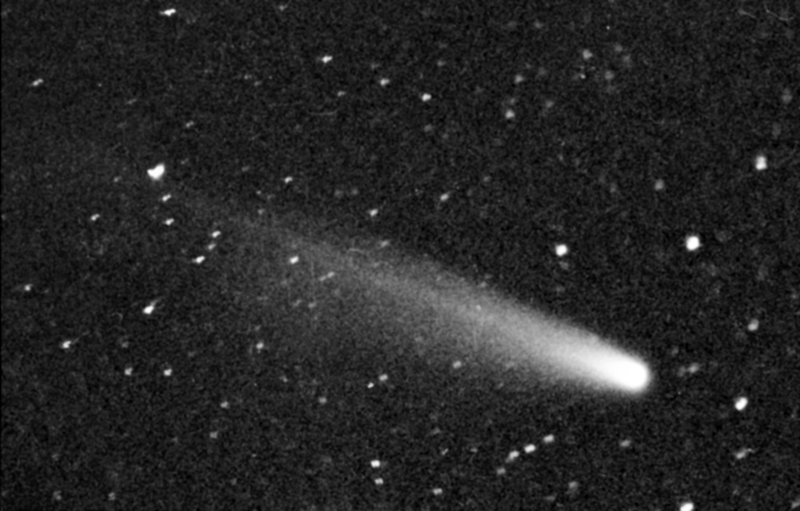
Comet West 1975n. March 23, 1976.
Combination of the above two images.
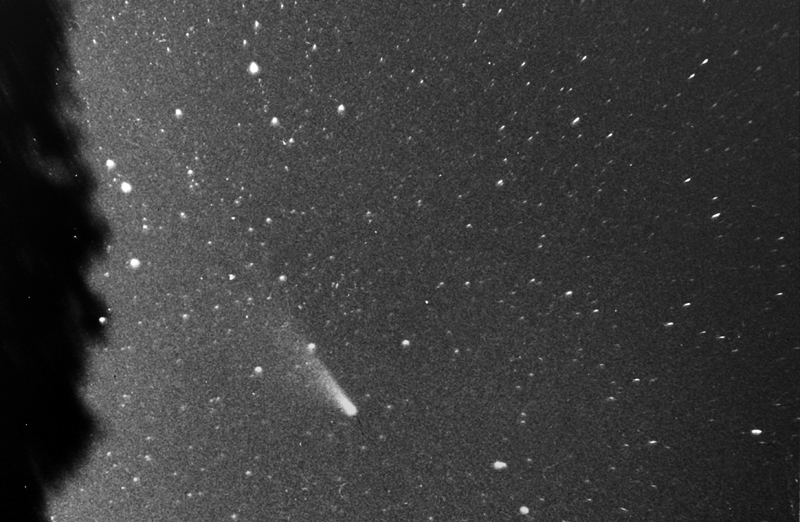
Comet West 1975n. March 24, 1976.
3 minutes exposure. Kodak Tri-X 400 film. 50mm f/2.5 lens.
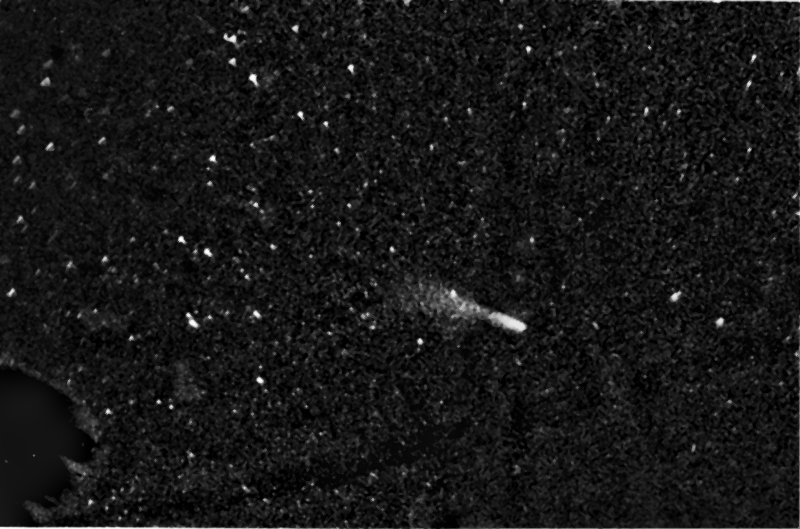
Comet West 1975n. March 24, 1976.
4 minutes exposure. Kodak Tri-X 400 film. 50mm f/2.5 lens.
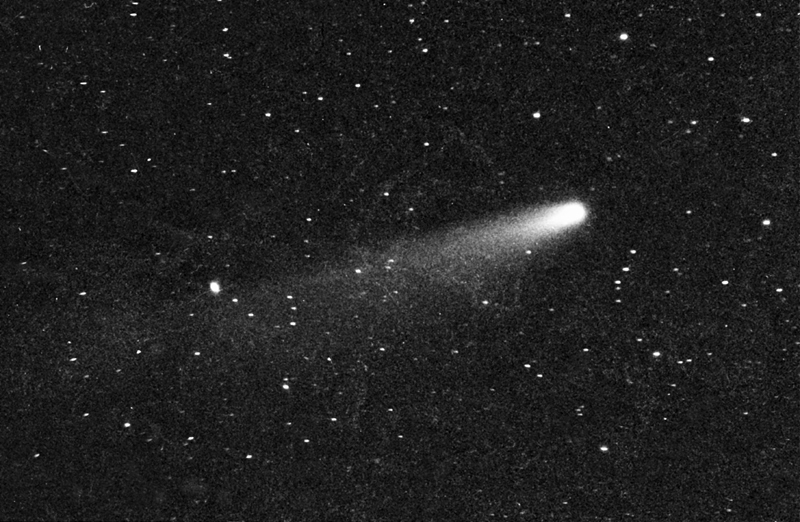
Comet West 1975n. March 24, 1976.
5 minutes exposure. Kodak Tri-X 400 film. 5" f/5 refractor, prime focus.
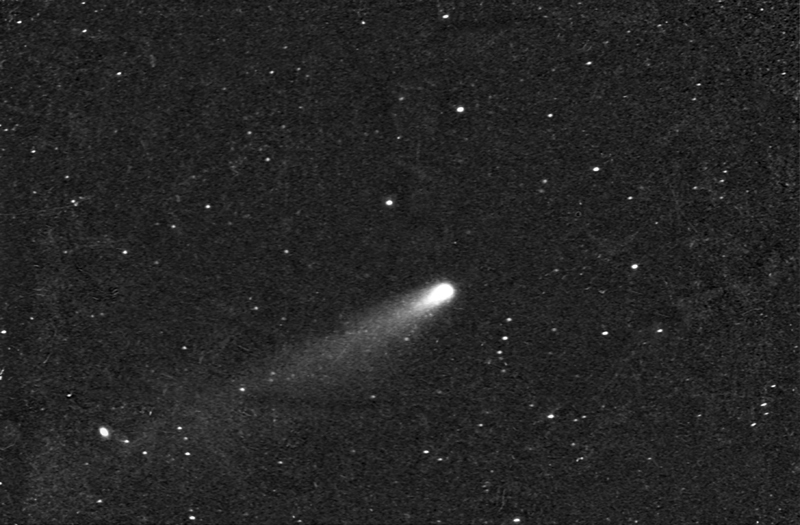
Comet West 1975n. March 24, 1976.
2 minutes exposure. Kodak Tri-X 400 film. 5" f/5 refractor, prime focus.
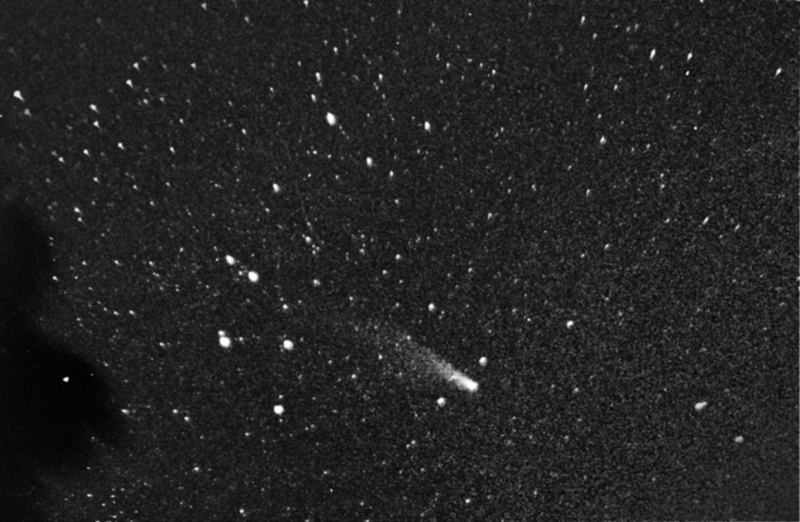
Comet West 1975n. March 28, 1976.
4 minutes exposure. Kodak Tri-X 400 film. 50mm f/2.5 lens.
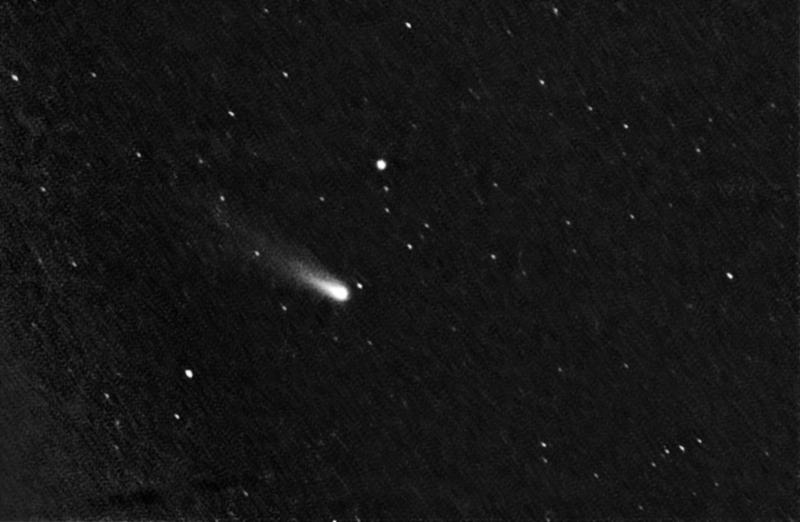
Comet West 1975n. March 28, 1976.
7 minutes exposure. Kodak Tri-X 400 film. 5" f/5 refractor, prime focus.
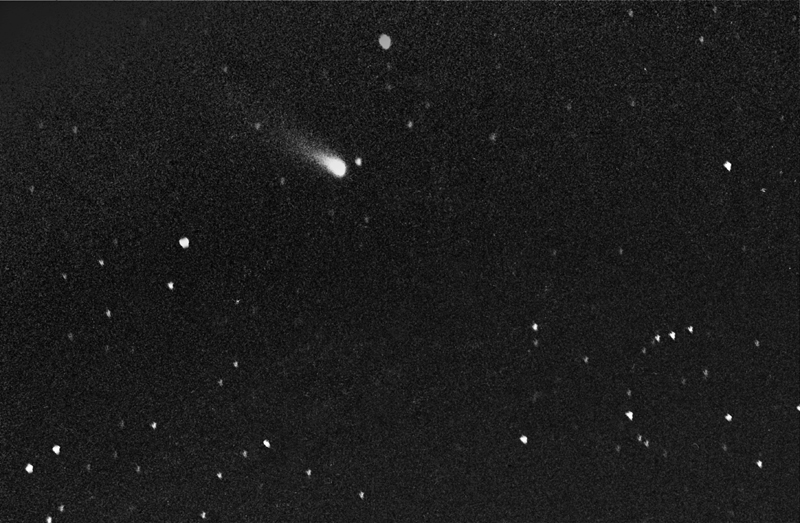
Comet West 1975n. March 28, 1976.
3 minutes exposure. Kodak Tri-X 400 film. 5" f/5 refractor, prime focus.
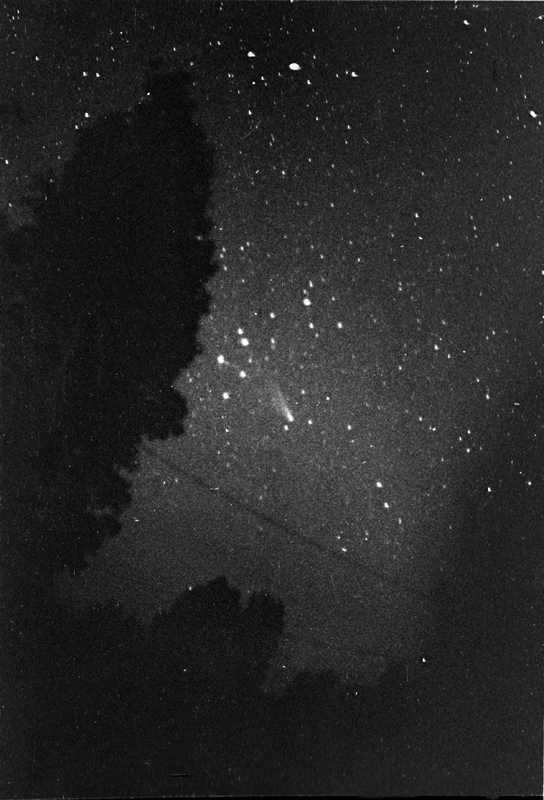
Comet West 1975n. March 29, 1976.
5 minutes exposure. Kodak Tri-X 400 film. 50mm f/2 Yashica lens.
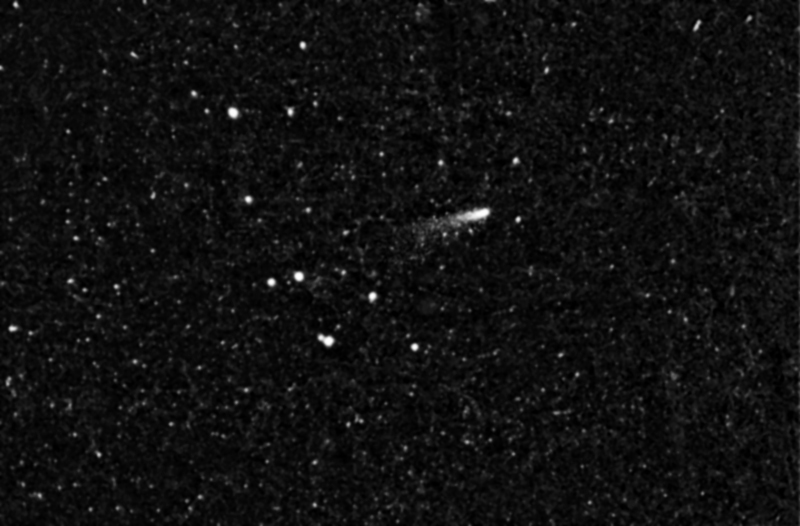
Comet West 1975n. March 30, 1976.
5 minutes exposure. Kodak Tri-X 400 film. 50mm f/2.5 lens.
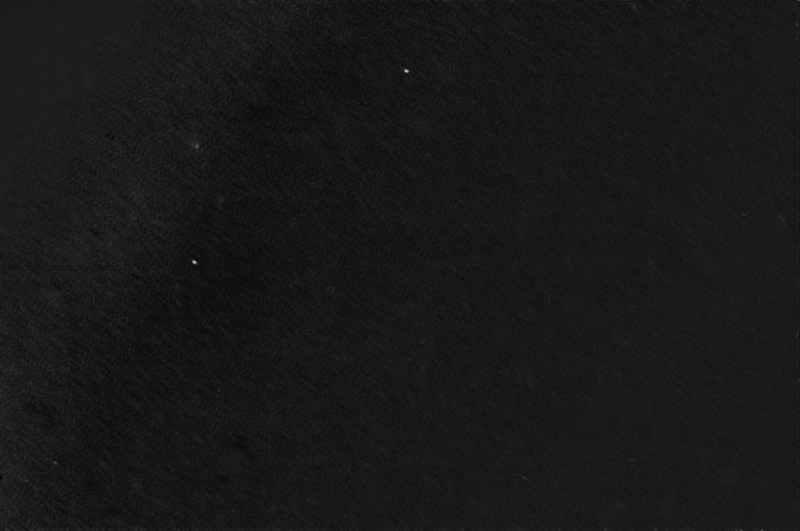
Comet West 1975n. March 30, 1976.
3 minutes exposure. Kodak Tri-X 400 film. 5" f/5 refractor, prime focus.
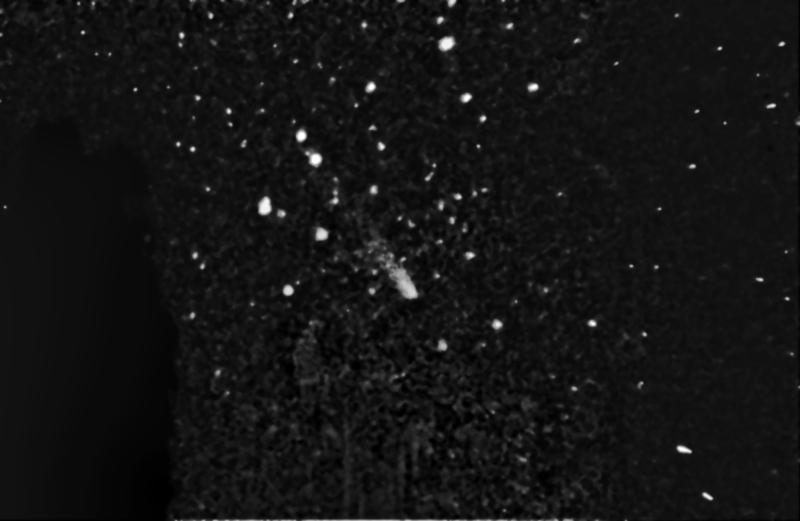
Comet West 1975n. March 31, 1976.
4 minutes exposure. Kodak Tri-X 400 film. 50mm f/2.5 lens.
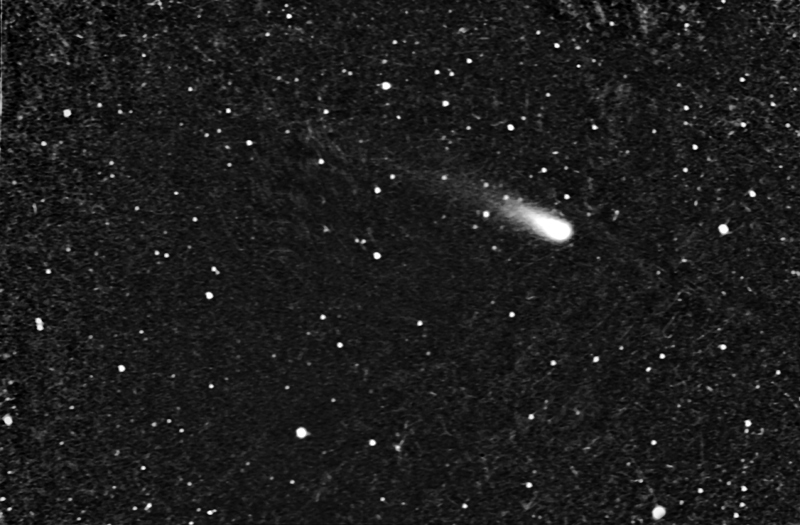
Comet West 1975n. April 1, 1976.
5 minutes exposure. Kodak Tri-X 400 film. 50mm f/2.5 lens.
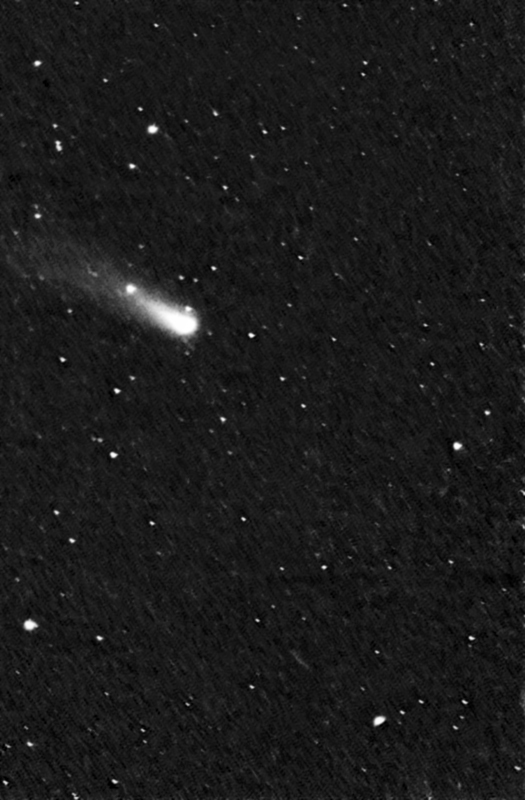
Comet West 1975n. April 2, 1976.
5 minutes exposure. Kodak Tri-X 400 film. 5" f/5 refractor, prime focus.
